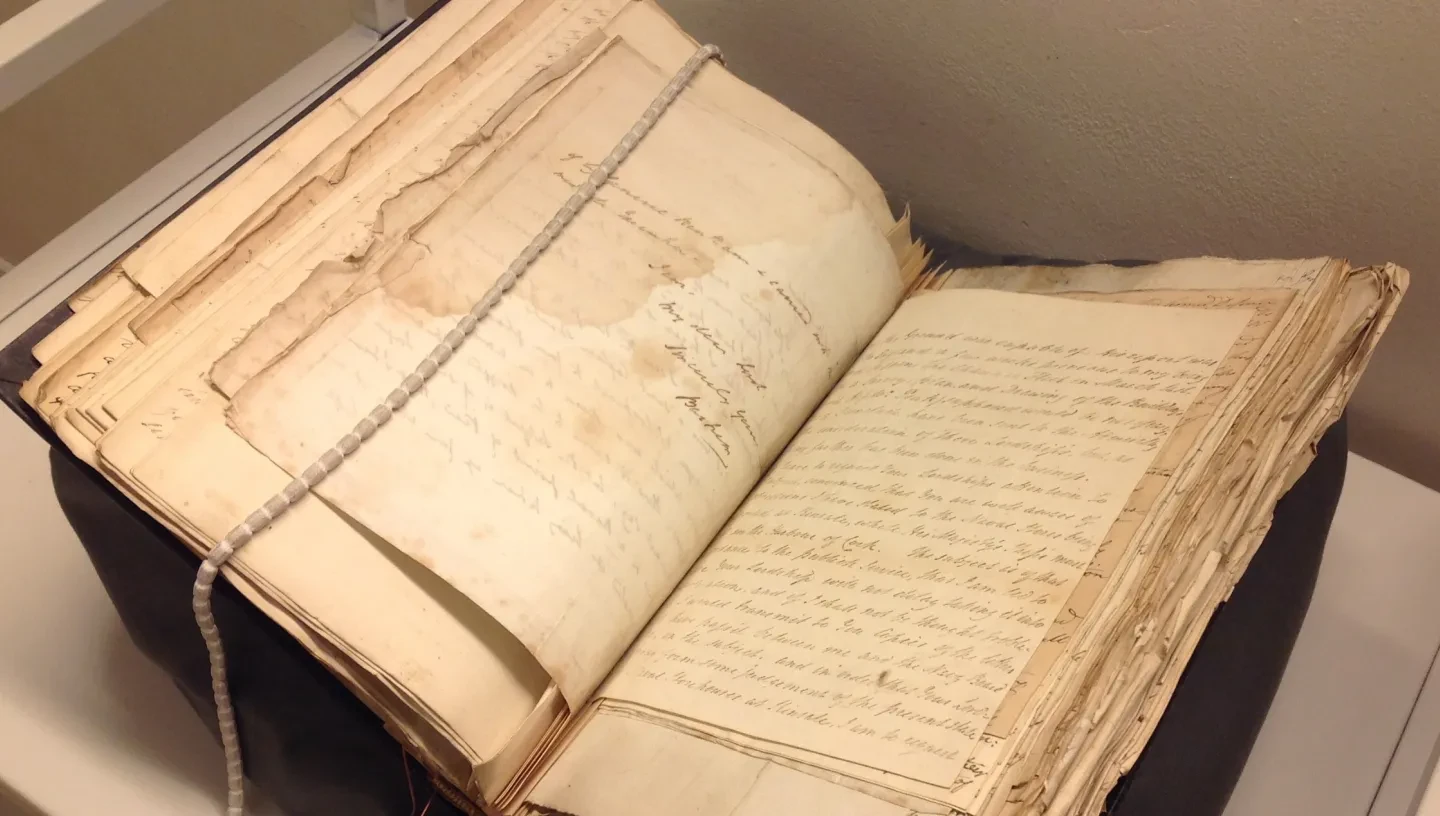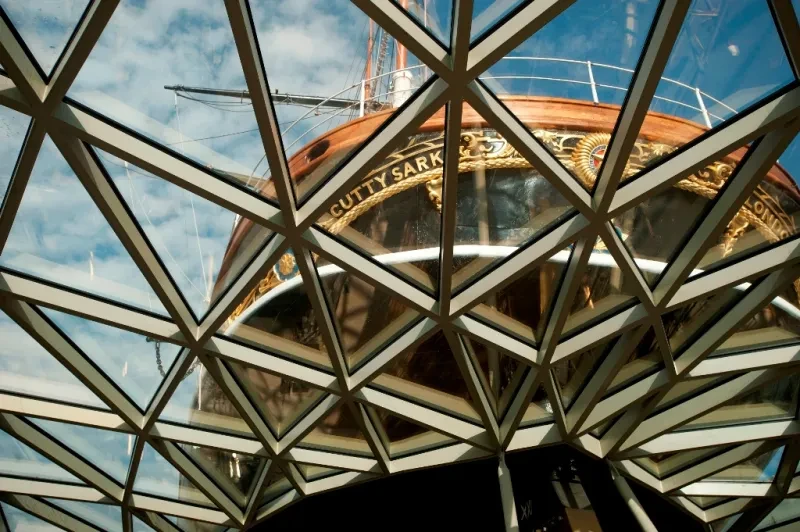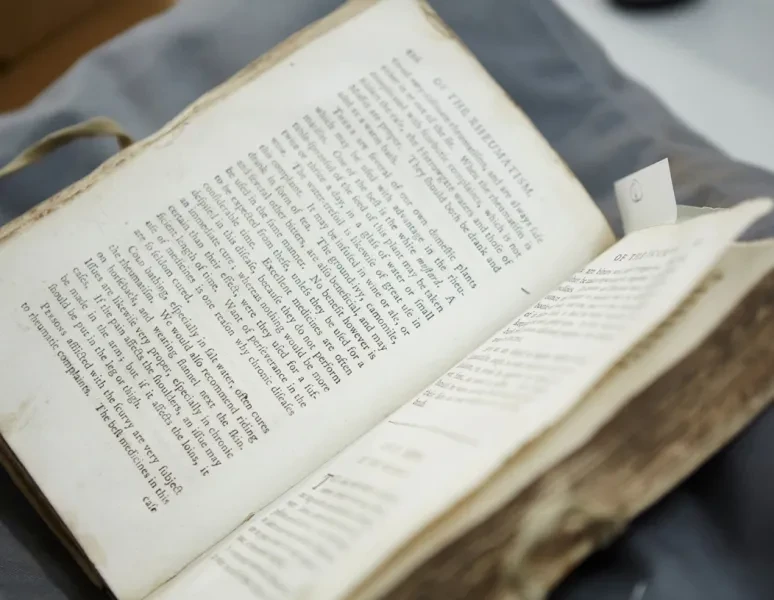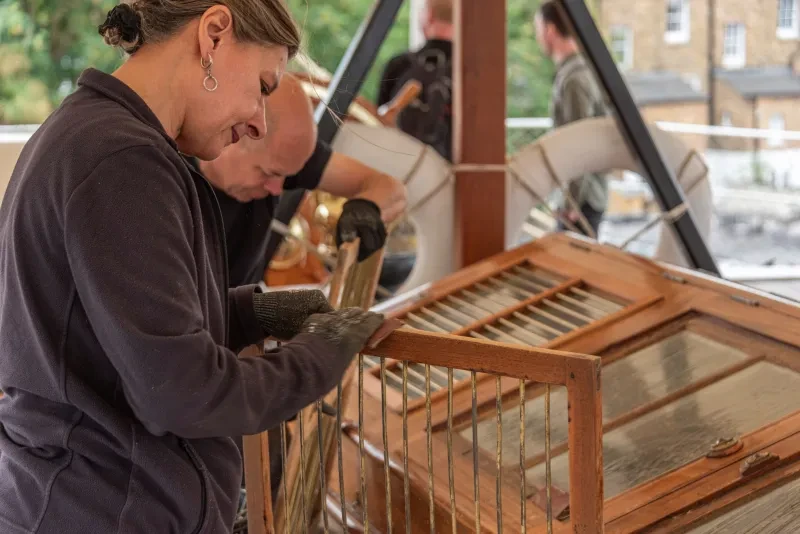
The REACH (Revisiting and Enhancing Approaches to Collections and Heritage) Consortium is the holder of an AHRC Collaborative Doctoral Partnership award.
REACH was awarded 11 collaborative doctoral studentships under CDP3 and is very pleased to announce that the Consortium has been awarded a further award under CDP4 of 13 collaborative doctoral studentships.
Who are we?
REACH unites 5 nationally significant heritage institutions / Independent Research Organisations (IROs) with rich, extensive collections, a wide geographic spread, shared research interests and a strong collective track record of HEI collaboration through doctoral supervision and UKRI research grant participation.
REACH collection resources range from the medieval to contemporary, and cover visual and material culture, sites, architecture, landscape and archival holdings.
The REACH consortium represents our desire to mobilise our shared research themes, the links across our world-class collections, buildings and landscapes, and our cross-disciplinary staff expertise.
REACH Consortium members:
- Royal Museums Greenwich (PI; IRO since 2006): comprises the National Maritime Museum, the Queen’s House, the Royal Observatory, and the tea clipper Cutty Sark. Collections relate to British and global histories, maritime history, art, science and heritage science.
- National Portrait Gallery (IRO since 2006): promotes, through portraiture, appreciation of men and women who have contributed to British history and culture, and understanding of portraits in all media. Collections comprise paintings, sculptures, drawings, photographs and archives.
- Historic Royal Palaces (IRO since 2014): responsible for the Tower of London, Hampton Court Palace, Kensington Palace, Kew Palace, Banqueting House Whitehall and Hillsborough Castle and Gardens. Collections include the Royal Ceremonial Dress Collection.
- British Film Institute (IRO since 2017): holds one of the world’s largest collections of moving image materials, including feature and documentary films, TV programmes, photographs, scripts, posters and personal papers.
- National Trust (IRO since 2019): Europe’s largest conservation charity and one of the world’s largest heritage organisations. Responsible for, among other things, 500 historic properties, alongside diverse landscapes, material culture, fine art and archival collections.
REACH Collaborative Doctoral Students and Projects, 2020 to date
| Name of student | Name of project | Name of REACH Consortium Partner | HEI |
|---|---|---|---|
| Ellis Huddart | Floating palaces: royal yachts, maritime tours and constructions of monarchy, empire, and decolonisation, 1875-1997 | Royal Museums Greenwich (with Historic Royal Palaces as second REACH supervising institution) | Birkbeck, University of London |
Holly Marsden (PhD awarded in 2024) | The multiple identities of Mary II: queenship, culture and politics in the late 17th century | Historic Royal Palaces | University of Winchester |
Liberty Paterson (PhD awarded in 2025) | Portraying Great Britain: Facing legacies of enslavement in the early history of the National Portrait Gallery, London, 1856-1906 | National Portrait Gallery | Birkbeck, University of London |
Jade Evans (Viva passed in Oct 2025) | Creating, Exporting and Exhibiting British Film Stardom, 1920 - 1970 | British Film Institute | Queen Mary, University of London |
| Grace Davies | Under-represented historical lives: exploring the impact of contemporary art on heritage and collections policy and practice | National Trust (with National Portrait Gallery as second REACH supervising institution) | Newcastle University |
| Sarah Weston | Home from home? Constructions of Identity and the British warship interior, 1880-1939 | Royal Museums Greenwich | Royal Holloway, University of London |
| Amy Parkes | Recycling and reinvention in Reformation England: Medieval religious textiles in Tudor homes and families, c. 1540 – c. 1603 | National Trust | University of Exeter |
| Camilla de Koning | Crown Engagement in Britain’s Emerging Empire, 1660-1775 | Historic Royal Palaces | University of Manchester |
| Jamie Ostmann | Making Chocolate in the British Atlantic World: Foodways, Consumption, and Heritage | Historic Royal Palaces (with National Trust as second REACH supervising institution) | University of Durham |
| Elizabeth Simpson | Uncovering the Influence of Migrant Filmmakers on the Emergence and Development of British Film, 1940-1970 | British Film Institute | University of Southampton |
| Ben Weddell | Nationality and Shared Identities in Maritime Communities, 1707-1797 | Royal Museums Greenwich | University of Reading |
| Maria Andrews | The Quest for Harry Diamond (1924-2009): the archive as ‘a maze of masks' | National Portrait Gallery | Central Saint Martins (University of the Arts London) |
| Zoe Childerley | Photography and Seafaring: Making Visible Maritime Bodies and Spaces of Contemporary Trading Routes | Royal Museums Greenwich | University of Brighton |
| Emily Deal | The material biography of Molly Lepell (1700-1768): The intellectual world of an early modern woman through her words and possessions | National Trust (with Historic Royal Palaces as second heritage supervising institution) | University of East Anglia |
| Aidan Quigley | 'Disability' and Stuart Seafarers, 1600-1750: ‘For the releife of hurt and maymed seamen’ | Royal Museums Greenwich | University of East Anglia |
| Harry Wiggs | Courting Magnificence: The Materiality of Late Medieval Queens’ Households | Historic Royal Palaces | University of Lincoln |
| Andrei Nacu | Thames Barge Stories: Exploring the design and material culture of the Thames Sailing Barge c1800-present | Royal Museums Greenwich | Royal College of Art |
| Gemma Leader | Material Networks: The Tower, London, and the World in the Late Medieval and Tudor Period | Historic Royal Palaces | Institute of Historical Research, School of Advanced Study, University of London |
| Honor Parish | Femininity, race-making and gender non-conformity in Queen Henrietta Maria’s court performances (1625-42) | Royal Museums Greenwich (with Historic Royal Palaces) | Northumbria University |
| Shihan Liu | From narratives of value to valuable algorithms: a decade of promotional screen culture in the UK seen by machine | British Film Institute | King’s College London |
What are REACH’s research priorities?
Our overarching research theme is on the construction of diverse identities in British and global contexts, and their representation or invisibility within historic and contemporary heritage practices and debates.
Our strategic aims are:
- to recover marginalised histories, champion new perspectives and tackle challenging histories;
- to promote the engagement of diverse audiences and communities with our collections;
- to foreground underused elements of our collections for research and public benefit;
- to reshape public and scholarly expectations of our holdings and institutional priorities, and create positive public outcomes from our doctoral research;
- to create a vibrant and diverse CDP cohort.
Propose a project with us
The Expression of Interest round for projects to start in October 2026 is now closed. Future opportunities to collaborate with us on doctoral projects will be added here when available.
- Only university academics (not students) can apply to propose a project with the REACH Consortium
- We encourage cross-consortium projects (co-supervised or otherwise supported by one or more REACH members)
- Each summer we issue a Call for Expressions of Interests (EoIs)
- You must contact us before submitting an EoI to discuss your project
- Each autumn we invite full applications, based on the EoIs which are of interest to REACH
- The deadline for the full applications is usually in late October
- An external panel will assess the applications in November
- We recruit students in the spring.
For more information on REACH, contact research@rmg.co.uk
To propose a project for start date in October 2026
- We have now opened the Call for Expression of Interests (EoI) for this year, for PhD studentships starting in October 2026.
- Before you submit an EoI please ensure you read the detailed guidance in this REACH Information sheet.
- Please submit a completed REACH Expression of Interest form to research@rmg.co.uk with the subject line ‘REACH EoI’.
- The deadline for Expressions of Interest is 17.00 on 1 September 2025.
- The recording of the information webinar for prospective HEI co-supervisors held on 16 June is available here:
REACH seeks students to apply for Collaborative Doctoral projects
Coming in spring 2026: watch this space for details of how to apply to be a student on one of four Collaborative Doctoral projects that are currently in development for a start date in October 2026.
REACH Members







